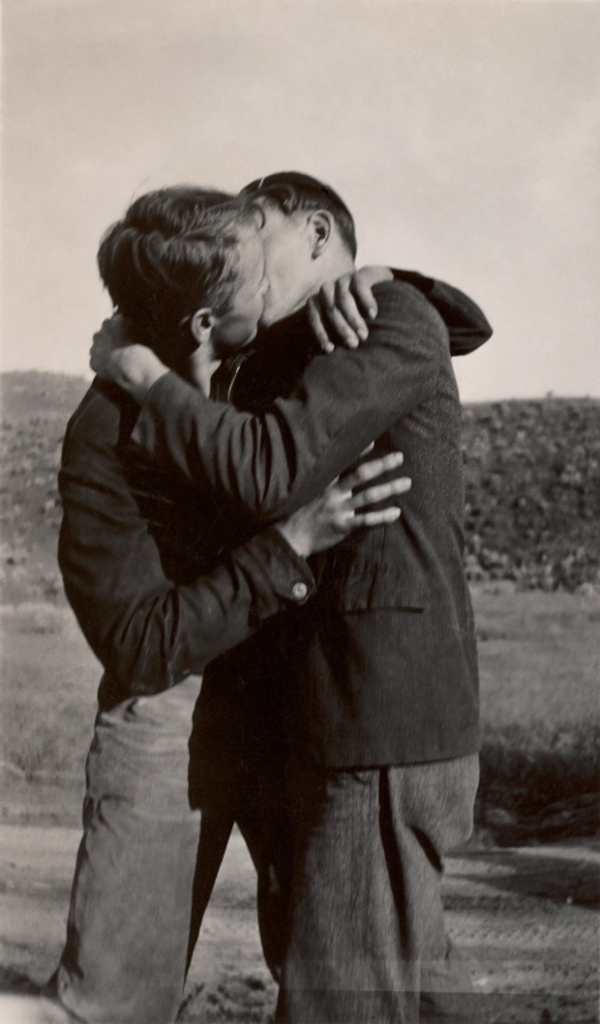Pride Month feels more important than ever because attacks on queer people in the United States and around the world feel more virulent than ever. The historian in me (I keep him in a chamber near my liver) has a lot of footnotes to offer to that statement, nuances and points of clarity and shards of fact, but the emotional reality persists even as I know many aspects of queer life have been profoundly worse in the past.
I know if I’m feeling this way — wary, sometimes despairing — plenty of other people are feeling even more besieged. I’m a middle-class white guy living in a place that’s pretty socially tolerant. As much as our Republican politicians want to turn New Hampshire into Florida, they haven’t quite succeeded at that apocalypse yet. So I’ve got it relatively good here. Still, the right-wing machinery is in full backlash mode, and their attacks are coordinated primarily against people of color and queers. Where those identities overlap, the monsters are especially fierce and murderous. More than ever, we need solidarity with our most vulnerable, most injured, most relentlessly oppressed folks.
At times, I have bristled against Pride. I don’t like commercialized identity, I can donate millions of qualms to Gay, Inc., I feel deep scorn for pinkwashing and disgust for homonationalism, I’m not even sure I like the word pride. And yet. Achievement is undeniable, imperfect and impure as it is. Even when that achievement is simply to bring some queer concepts into the folds of hypercapitalism and the world’s war machines, it is still pushing against the forces that bring shame and fear to us.
Pride as a word is something I embrace, this year at least. Because it stands in opposition to shame. Shame is what the bigots want us to feel. Shame is what the backlashers seek to go back to. Shame is how they seek to silence us unto death.
In recent days, I’ve found myself flipping through the pages of Loving: A Photographic History of Men in Love 1850s–1950s. Because of how photographs got made, saved, shared, and collected, these are pictures from a narrow slice of history, a history of mostly white men. (See some at this link.) Still, they offer a powerfully intimate glimpse of a lost past.
The photograph at the top of this post is among the ones I find most compelling, most moving, most mysterious. It’s the last picture in the book and among the most openly passionate. There is no information about it — it is just “Photograph, undated”. We don’t see the men’s faces, only their embrace and their kiss. They seem to be standing on a dirt road or path, the world behind them uninhabited. Aside from their clothing, it is a picture out of time.
These photographs invite us to imagine stories because most of them, like the one I’ve included here, are nothing but their image. They have no context, no detailed provenance, no identification. That’s what makes Loving such a powerful book for me: it offers only moments, glimpses of lost worlds, and our minds inevitably spin stories. The truth is not out there, it is lost, but something like an imagined truth survives in us.
The truths we carry, the truths we imagine our way toward, the truths we weave from motes of light — this is all worth contemplating this Pride month, this time of siege and sorrow, these days when we assert a joy unbroken by hate and shame.

